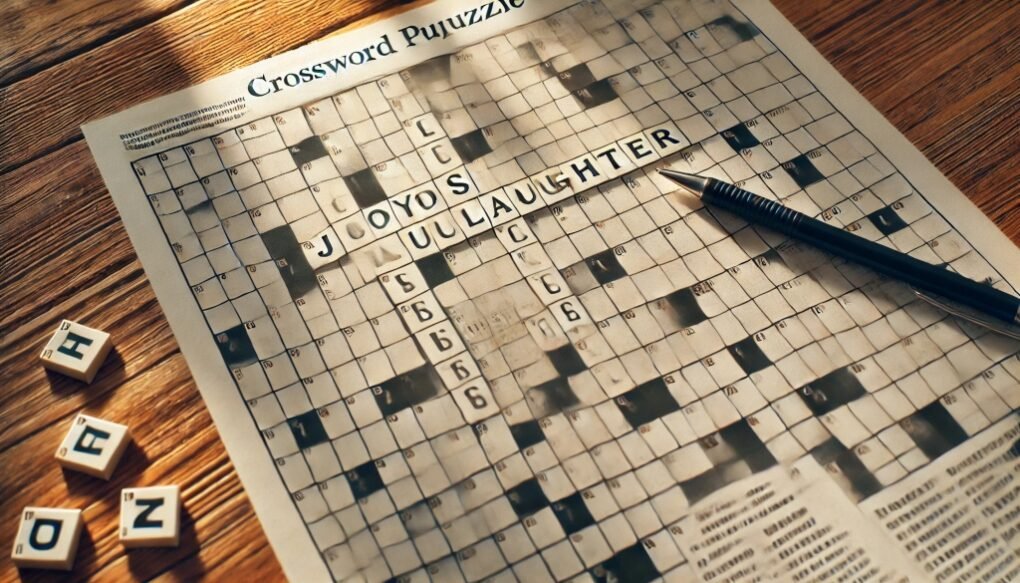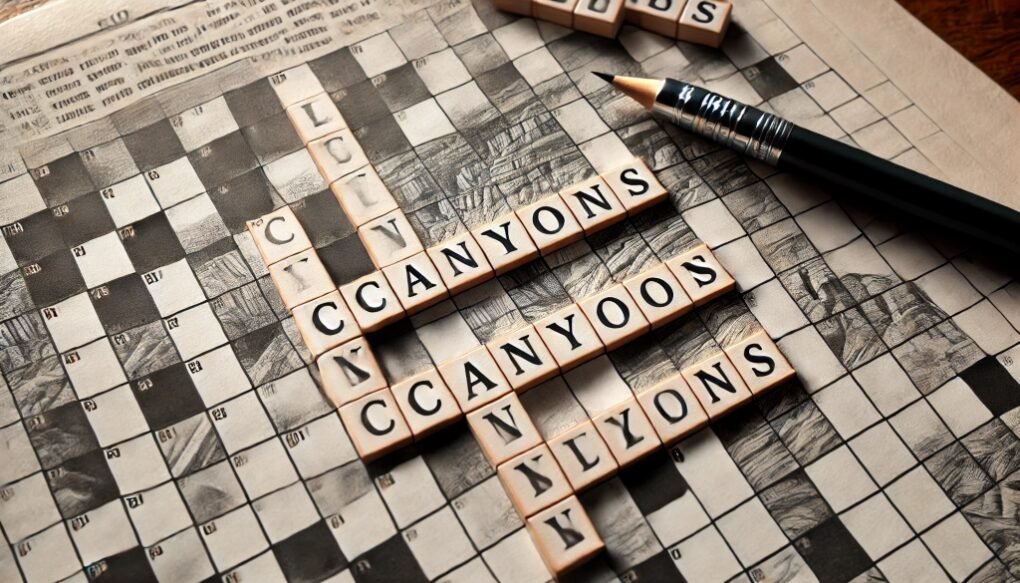The New York Times (NYT) crossword puzzles are known for their clever and thought-provoking clues that challenge solvers daily. Among these, the clue “joyous laughter” often appears, sparking curiosity and delight. Whether you’re a seasoned crossword enthusiast or a casual solver, understanding the significance of “joyous laughter” in the NYT crosswords can add a new layer of enjoyment to your puzzle-solving experience.
The Essence of “Joyous Laughter” in NYT Crosswords
In the world of crossword puzzles, clues like “joyous laughter” are more than just hints; they capture the essence of a moment or emotion. NYT crosswords, curated by expert puzzle constructors, often include clues that evoke feelings or common experiences, making the process of solving them a joyful challenge. “Joyous laughter” is a perfect example of such a clue, as it not only refers to a specific answer but also brings a sense of positivity to the solver.
Typically, when encountering “joyous laughter” as a crossword clue, solvers might think of words like “glee,” “mirth,” or “elation.” These words encapsulate the feeling of exuberant happiness, which is at the heart of the clue. However, the context of the puzzle can also guide solvers to the correct answer, as NYT crosswords are known for their clever wordplay and thematic consistency.
Decoding “Joyous Laughter” in Crossword Context
Understanding the context in which “joyous laughter” appears in a crossword is key to finding the right solution. In many NYT puzzles, the clue might be part of a broader theme, where all answers are related to emotions, sounds, or social experiences. For instance, a puzzle might feature clues centered around various types of laughter or reactions, with “joyous laughter” fitting perfectly within that theme.
Moreover, solvers should consider the length of the answer and any intersecting words to narrow down the possibilities. In some cases, the answer might be straightforward, such as “glee” or “mirth,” but in others, the NYT crossword may use more creative or less common words that fit the clue’s joyful connotation. The challenge lies in recognizing the nuances and patterns that experienced solvers have come to expect from NYT crosswords.
The Role of Joy in Crossword Solving
Crossword puzzles are more than just a mental exercise; they provide a unique blend of challenge and satisfaction, especially when solving clues that evoke positive emotions like “joyous laughter.” The act of solving such clues can be a rewarding experience, as it engages both the analytical and creative sides of the brain.
For many, the joy of crossword solving comes from the “aha” moment when a tricky clue finally clicks. “Joyous laughter” as a clue encapsulates this moment perfectly, as the answer often brings a smile to the solver’s face, reinforcing the connection between the puzzle and the pleasure of solving it.
The NYT crosswords are particularly renowned for incorporating a sense of humor and playfulness into their clues. “Joyous laughter” is a clue that embodies this spirit, reminding solvers that the process of working through a puzzle should be enjoyable, not just intellectually stimulating.
Why “Joyous Laughter” Stands Out in Crosswords
The inclusion of “joyous laughter” in an NYT crossword puzzle is a testament to the puzzle constructors’ ability to blend language, emotion, and wit. These clues stand out because they resonate on a human level, reminding solvers of shared experiences and universal emotions.
In a puzzle filled with obscure references, tricky wordplay, and challenging clues, “joyous laughter” offers a moment of relief. It’s a clue that feels accessible and familiar, even to those who may struggle with other parts of the puzzle. This accessibility is part of what makes NYT crosswords so beloved—they cater to a wide range of solvers, offering something for everyone.
Additionally, “joyous laughter” as a clue often requires solvers to think beyond the literal, encouraging them to explore synonyms and related concepts. This depth of thought is what makes crosswords such an engaging pastime, as solvers are continually challenged to think creatively and outside the box.
Tips for Solving “Joyous Laughter” in Crosswords
For those who encounter “joyous laughter” in an NYT crossword, there are a few strategies that can help in finding the correct answer:
- Consider synonyms: Start by brainstorming words related to joy and laughter. Common answers include “glee,” “mirth,” “elation,” or even “hilarity.”
- Check the theme: If the puzzle has a specific theme, think about how “joyous laughter” might fit into it. The theme can provide valuable context that narrows down the possible answers.
- Look at intersecting words: Use the letters from intersecting answers to guide your guess. This can help eliminate unlikely options and point you toward the correct solution.
- Think about word length: Knowing the length of the answer can significantly narrow down the possibilities. Use this information to focus your guesses on words that fit the given number of spaces.
Why We Keep Coming Back
Crosswords are more than just a hobby; they are a source of joy, mental stimulation, and a sense of accomplishment. Clues like “joyous laughter” remind us why we love puzzles in the first place—they challenge us while also connecting us to universal experiences.
The NYT crosswords, in particular, have a way of blending the intellectual with the emotional, offering solvers a well-rounded experience that is both challenging and satisfying. Whether you’re solving the puzzle over your morning coffee or as a way to unwind after a long day, the moments of joyous laughter you encounter along the way are what make the experience truly special.










